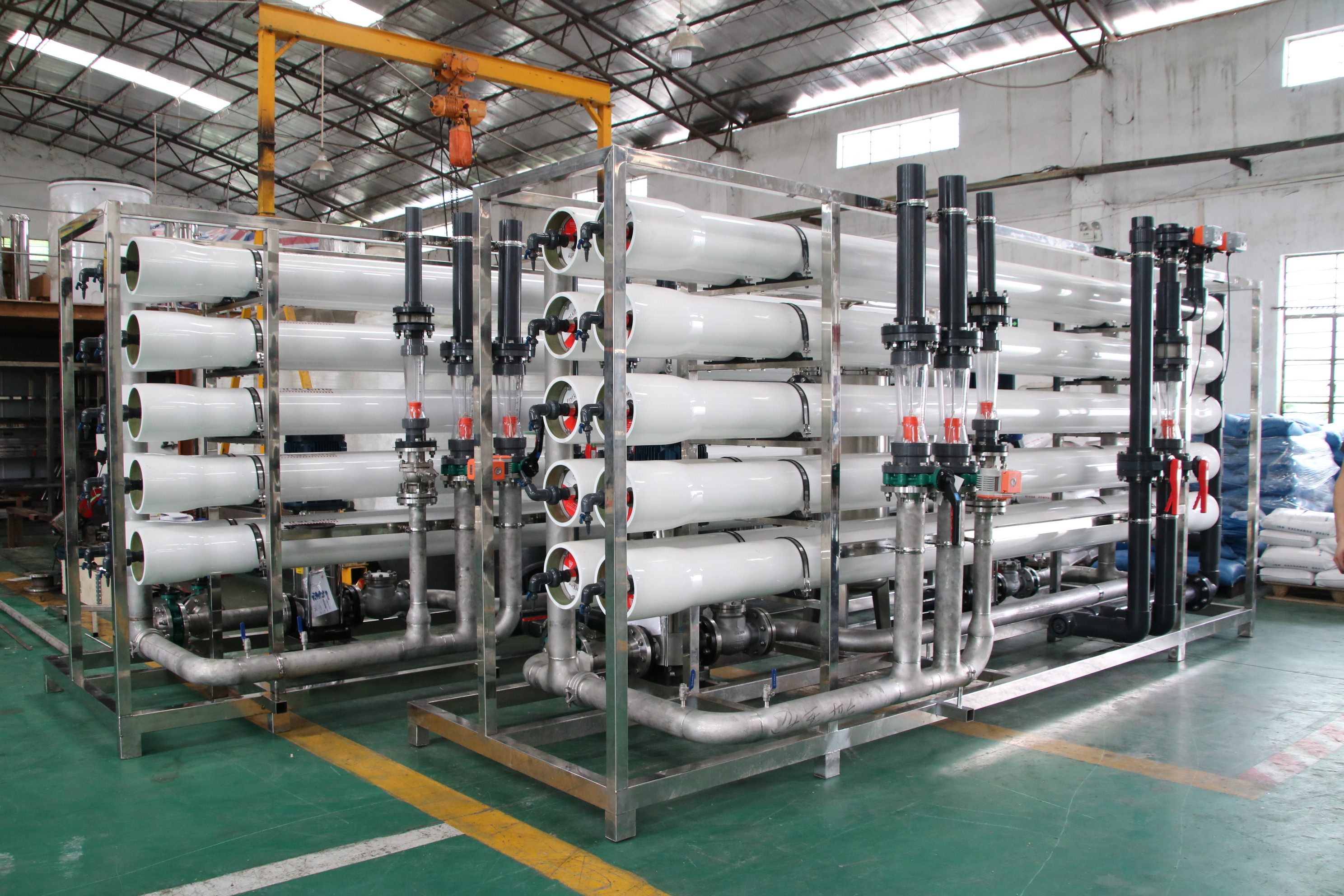11 Apr 2022
Water reuse plant:How to recycle wastewater?
Water reuse plant
Water reuse is the method of recycling treated wastewater for beneficial purposes, such as agricultural and landscape irrigation, industrial processes, toilet

1 . Physical treatment method:
Membrane filtration is suitable for situations where the water quality changes greatly.
The characteristics of using this process are: the device is compact, easy to operate, and less affected by load fluctuations.
The membrane filtration method is that under the action of external force, the separated solution flows along the surface of the filter membrane at a certain flow rate, and the solvent, low molecular weight substances and inorganic ions in the solution pass through the filter membrane from the high pressure side and enter the low pressure side, and are discharged as filtrate. ; And the macromolecular substances, colloidal particles and microorganisms in the solution are intercepted by the ultrafiltration membrane, and the solution is concentrated and discharged in a concentrated form.
Evaporative heat method: suitable for any water quality.
The characteristics of this process are: high stability, easy maintenance, long service life, simple operation, and no influence on equipment operation due to water quality fluctuations.
The evaporative heat method is to separate pure water and salt solids when the solution reaches the boiling point in the evaporation body by heating and evaporation. Pure water quality can be reused through a series of filtration and other measures.
2 . Physical and chemical method:
It is suitable for situations where the quality of sewage varies greatly. The commonly used methods are: sand filtration, activated carbon adsorption, flotation, coagulation and sedimentation, etc. The characteristics of this process are: the use of hollow fiber ultrafilter for treatment, advanced technology, compact structure, small footprint, intermittent operation of the system, and simple management.
Water reuse is the method of recycling treated wastewater for beneficial purposes, such as agricultural and landscape irrigation, industrial processes, toilet

1 . Physical treatment method:
Membrane filtration is suitable for situations where the water quality changes greatly.
The characteristics of using this process are: the device is compact, easy to operate, and less affected by load fluctuations.
The membrane filtration method is that under the action of external force, the separated solution flows along the surface of the filter membrane at a certain flow rate, and the solvent, low molecular weight substances and inorganic ions in the solution pass through the filter membrane from the high pressure side and enter the low pressure side, and are discharged as filtrate. ; And the macromolecular substances, colloidal particles and microorganisms in the solution are intercepted by the ultrafiltration membrane, and the solution is concentrated and discharged in a concentrated form.
Evaporative heat method: suitable for any water quality.
The characteristics of this process are: high stability, easy maintenance, long service life, simple operation, and no influence on equipment operation due to water quality fluctuations.
The evaporative heat method is to separate pure water and salt solids when the solution reaches the boiling point in the evaporation body by heating and evaporation. Pure water quality can be reused through a series of filtration and other measures.
2 . Physical and chemical method:
It is suitable for situations where the quality of sewage varies greatly. The commonly used methods are: sand filtration, activated carbon adsorption, flotation, coagulation and sedimentation, etc. The characteristics of this process are: the use of hollow fiber ultrafilter for treatment, advanced technology, compact structure, small footprint, intermittent operation of the system, and simple management.